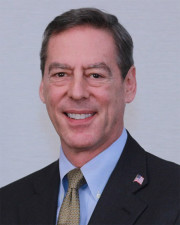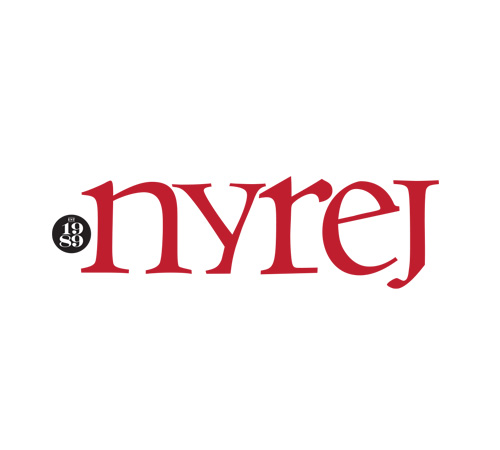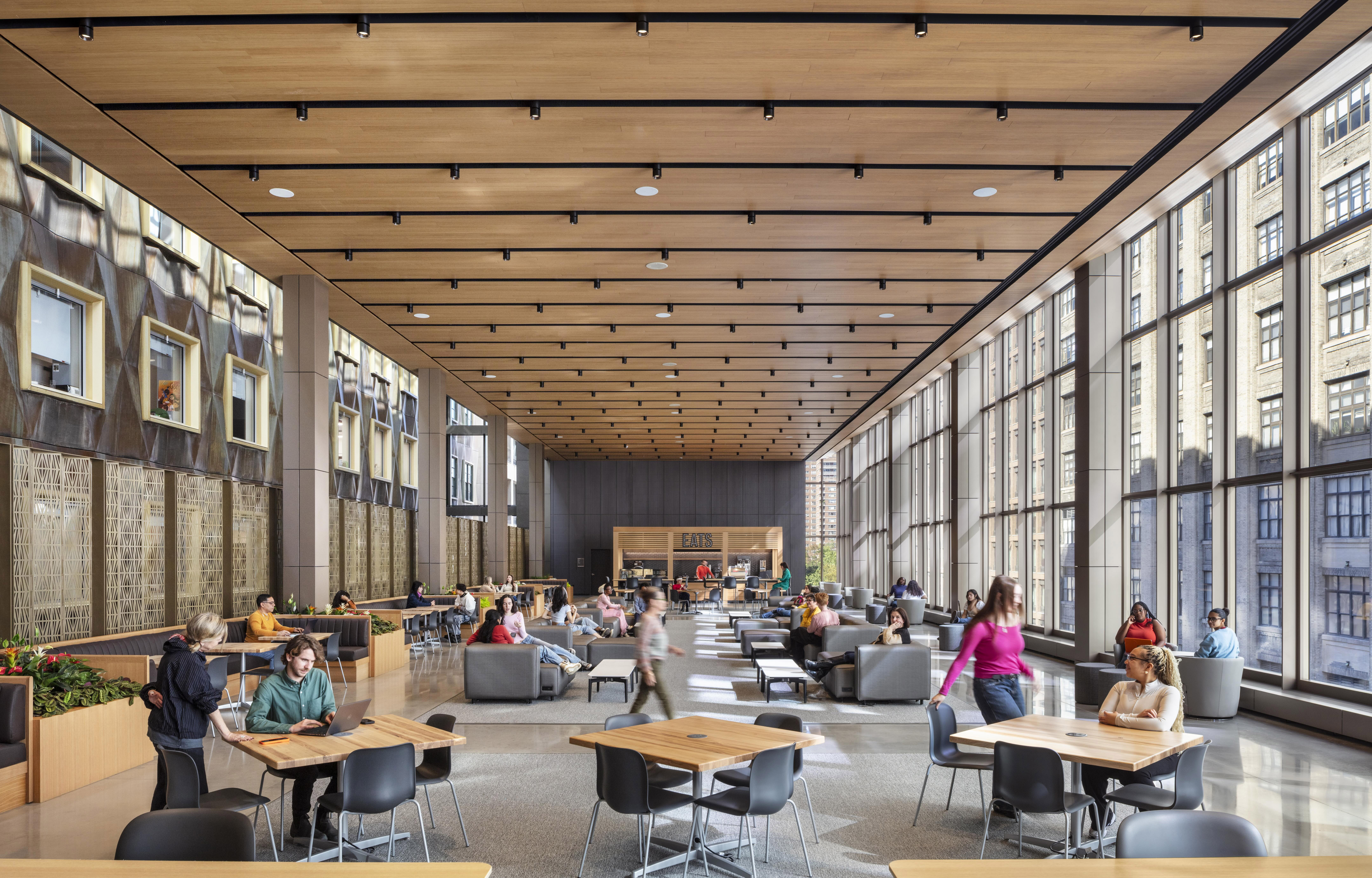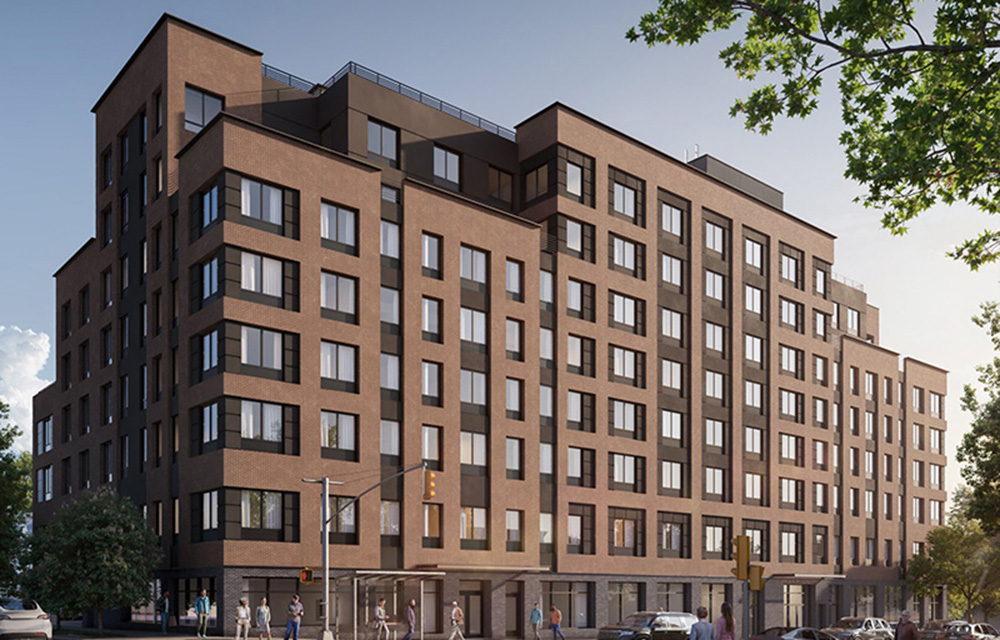Hottest trend of 2019: Sustainability – The times are indeed ‘a-changin’ with a new generation - by Steven Schleider

Metropolitan Valuation Services
We’ve written what’s hot and what’s not in our annual real estate predictions of green trends and have also written in depth about those trends - roof gardens, urban farms, beekeeping, biophilic design, solar and many more.
But come gather ‘round people, because the times they are a’changin.
Certainly, we’re seeing changes in the real estate landscape. As The Urban Land Institute’s “Emerging Trends in Real Estate US and Canada” opines: “New Era Demands New Thinking.” ULI considers the 2019 outlook to be complex with uncertainty, a scenario where the subtle interplay of overlap among real estate market sectors will “make for innovation and creativity. “ Cited by ULI in their report, are also “concerns about labor force availability…top-of-mind for business leaders, in real estate and across the spectrum of industries.”
Labor force can be broadly defined but for our purposes, we’re going to define it as the talented, educated, ambitious people forward-thinking companies want to employ. The key word left out of that definition is young. Or younger. As in millennials and Generation Z which are catalysts for the changing times.
It’s not just about green buildings any longer. Once unique, a powerful marketing buzzword and branding strategy, green buildings are now much more commonplace.
LEED and other third-party ratings are stagnating. Developers may build green, but they are pursuing ratings less so than in previous years. As a LEED-AP BD+C commercial real estate appraiser (and the only one in New York City), we are certainly not denigrating the value of ratings. In fact, a recent survey (late 2018) from the U.S. Green Building Council (USGBC) found that “employees who work in LEED-certified green buildings are happier, healthier and more productive than employees in conventional and non-LEED buildings.”
Today’s young talent is looking for companies that are sincerely committed to sustainability best practices and for those making a positive difference not only in their employees’ health and well-being, but in the local community and as macro as the global environment.
Millennials and Gen Z are the first generations willing to pay more for sustainable products according a survey undertaken by Neilson. What does that mean? That a young woman making a decision about make-up won’t simply choose a “good enough” drugstore brand or a luxury fashion brand, but will instead want to know if the product is tested on animals, the ingredients, if this in synch with her values and lifestyle. It’s part of the food trend of farm to table, whether coffee is Fair Trade, if a shirt is made in a sweatshop or hand-made of locally-sourced organic cotton. In short, it’s decisions being made based on whether a product hurts or helps an environment and its people.
Now take that mindset and think about the intense, current competition among companies to attract, motivate and retain young talent. What will they need to offer in its company policies, buildings and offices? Here’s a look at the sustainable future world of buildings and offices:
• Decreases in the use of drywall and interior space divisions in favor of increased daylight, shared spaces, communal workspaces and attractive exposed meeting spaces.
• Growth of biophilic design that reconnects people in the built environment to the natural environment. It’s much more than adding some plants to the lobby or office. It is about the beneficial effects on mind and body of being surrounded by natural elements including views, daylight, natural textures and materials, water features and greenery.
• The emergence of quiet, meditative, restful spaces where employees can reduce stress and, thereby, increase productivity. These include specialized indoor spaces as well as roof gardens and terraces.
• Supporting local businesses and making a difference in communities, providing a sense of communal goals as a part of sustainable corporate business practices.
• Smarter, more specialized technology. We may not have Alexa at every desk, but we may have individually-controlled lighting, temperatures and voice-activation. While artificial intelligence has yet to significantly permeate the workplace, it is in the process of coming of age to greatly transform how we work, gather and distribute information.
• Continued growth of roof gardens and terraces as building amenities, gathering places and dedication to biophilic design principles and benefits.
As more and more baby boomers retire, the workplace has and will continue to compete for younger workers of the digital age whose career interests include not only salaries, titles and status, but also their sense of well-being, how in synch companies are with their values and lifestyles, and what contributions are being made to community and global people and environments.
The times are indeed “a-changin” with an entirely new generation of worker/consumers. Only companies with a death wish will ignore their clarion call for sustainable business practices.
Steven Schleider, MAI, FRICS, LEED AP BD+C, is president of Metropolitan Valuation Services, New York, N.Y.
Troutbrook expands with boutique condo project and Marriott Fairfield Inn & Suites renovation








.gif)
.jpg)
.gif)
.gif)